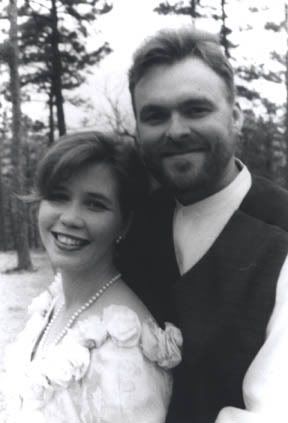Hot Bed and Cold Frame
It’s that time of year again. Every year around this time, I start wishing I had a greenhouse. I’m a little bit glad I haven’t built it yet, because I’ve decided to completely change the garden layout, and the greenhouse would have been quite in the way. But the problem remains: seedlings are stacking up and need to be moved outside to make way for more.
So, over the past three days, I built a hot bed and cold frame. It probably wouldn’t take you three days, because you probably don’t have a damaged nervous system… This is a simple set up that generates mild heat for a few weeks as well as trapping solar heat. It will hold several flats of seedlings, and when it has served its purpose for the season, there will be a nice pile of compost left behind.
First I arranged six bales of hay into a rectangle. This hay was on the ground row inside a haybarn, so it was a little ‘spoiled’ where it touched the ground. Price: free for the taking. Next, I layered cardboard across the bottom and a few inches up the sides – not a necessary step, but I had some, and thought I’d see if it made any difference. Then I placed a layer of spoiled hay, a layer of chicken manure, a layer of spoiled grass clippings from last fall, and a layer of shredded oak leaves, followed by a layer of compost and a final second layer of shredded oak leaves. The dark color of the final layer will draw heat, and as the other layers interact and break down, they will generate heat. (Horse manure is traditionally used for hot beds, but chicken manure works.) The surrounding hay bales act as insulation to hold the heat. The last step was to place a four foot wide by six foot-eight inch tall (long in this case) double pane glass door across the top, sealing in the heat.
This will need to be monitored daily to prevent too much heat build-up. When the weather is nice, I leave the glass door turned so that the four corners of the box ventilate. The warmer the weather, the more ventilation is needed. When the forecast calls for cold weather, I leave the box sealed. Pretty simple, but you do need a thermometer, and you do need to watch the weather forecasts religiously.
I’ve done this before, and let me tell you, those glass doors are tough! A few years ago when we had a hailstorm with some of the ice balls measuring two inches in diameter, I just knew the cold frame was shattered. But to my surprise, it was none the worse for wear. Last year a freak ice storm weighed down old trees to the breaking point. A large oak branch snapped and fell onto a stack of glass doors I’ve been collecting, and only the top pane of the top door was damaged – the other side was fine. I did at least learn not to keep glass under oak branches… but my point is, don’t be too afraid of hail damage (if you are using safety glass), and do build your cold frame out in the open.
Other notes… You could build the whole thing in a pit to help moderate temperatures even more, but you might have drainage issues, and that’s extra work. You could build it with the north end sloped higher to gain more solar energy and shed water faster – this is no extra work if you build on a south-facing slope. You can also line the inside of the cold frame with water-filled two liter soda bottles for thermal mass. This helps regulate temperature swings tremendously, but it does take up valuable space.
Try it. You’ll like it.

No comments:
Post a Comment